Garden Conifers Provide Winter Interest in the Garden
Garden Conifers Provide Winter Interest in the Garden

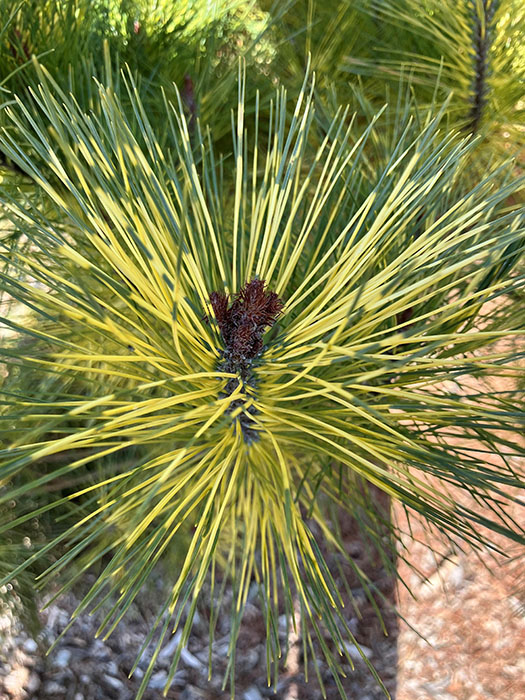 Now that the flowers of summer and fall have faded, I want to highlight some interesting plants in our Garden Conifer Collection for consideration in your home garden.
Now that the flowers of summer and fall have faded, I want to highlight some interesting plants in our Garden Conifer Collection for consideration in your home garden.
The Dragon’s-eye Pine (Pinus densiflora ‘Oculus Draconis’) in our collection is a unique plant – you cannot miss with a name like that! Even the cultivar's name sounds sinister! It is a dwarf plant that is often grown as a large shrub or small tree.
Named for the variegated needles that resemble the eye of a dragon when viewed from above, the needles are striped with alternating yellow and green. As it matures, the bark will crack revealing the orange-colored interior bark.
The trunk often becomes twisted, and the canopy creates a flat top or umbrella-like appearance. However, since it is susceptible to winter winds that discolor the needles, wind protection is beneficial.
The second plant that I want to draw your attention to is Whipcord Arborvitae (Thuja plicata ‘Whipcord’). This is a big challenge for students in the woody plant identification class that I help teach as it looks and acts nothing like its parent.
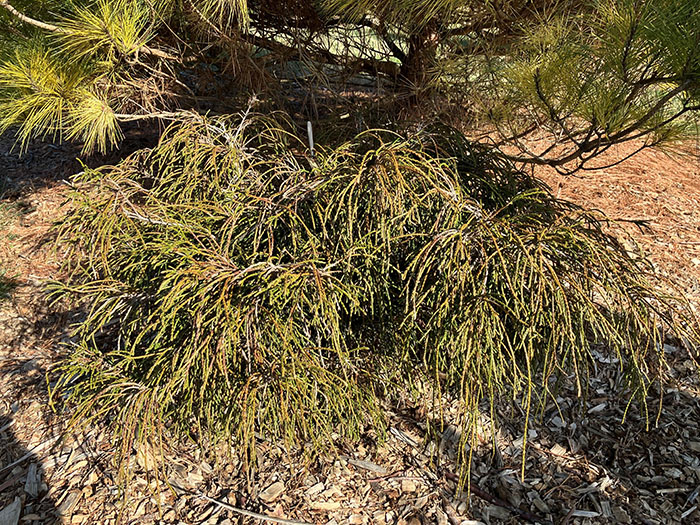
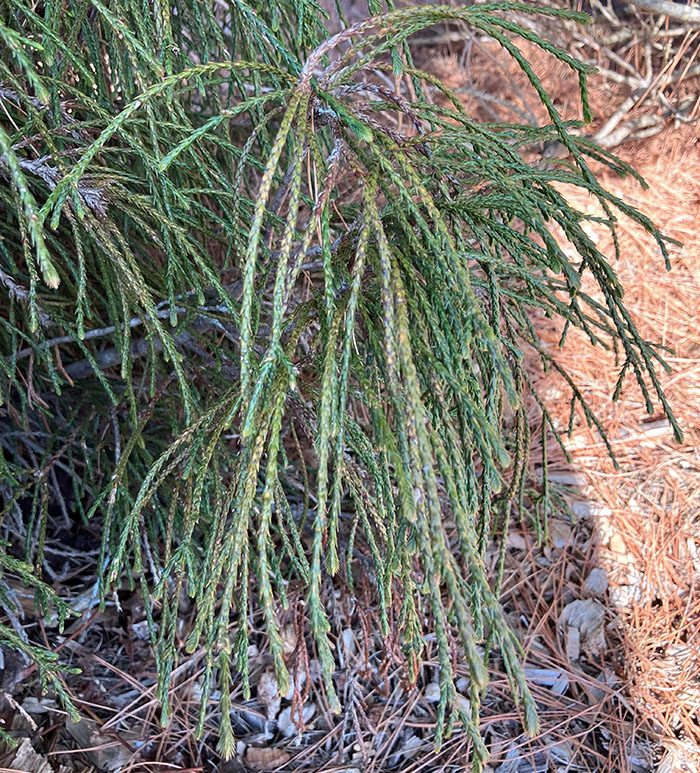
Thuja plicata is a giant tree species native to the west coast. This dwarf version rarely exceeds 3 to 4 feet in height and width. It originates from a bed of seedlings and its foliage resembles fireworks or whips as they are long and tendril-like, while glossy green in the summer. They will turn an interesting bronze color in the winter thus adding interest to your winter garden. This plant has no serious weather or insect problems.
The third plant I want to highlight is the Red Star White Cedar (Chamaecyparis thyoides ‘Red Star’). The straight species is native to the wetlands in the eastern U.S. and this cultivar is another plant that looks nothing like its parent.
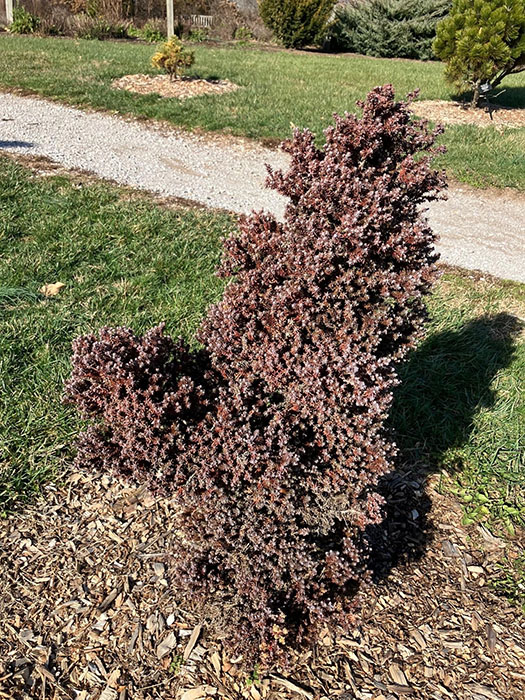 .
. 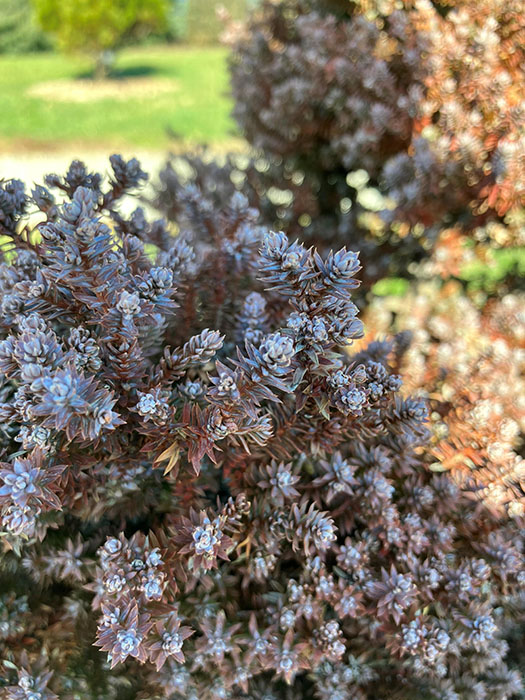
This is a a dwarf plant that forms a dense columnar large shrub, or small tree, eventually topping out at 15 to 20 feet in height and 3 to 4 feet wide. Its claim to fame is its foliage, as its colorful needles change from a silvery blue in the spring to deep blue-green in summer to a purple-bronze color in the winter. This plant has no serious weather or insect problems.
I hope you will take an opportunity to visit our Garden Conifer Collection this season to see the plants I have selected to showcase unique and interesting conifers for your garden.
